-
Posts
5,497 -
Joined
-
Last visited
Content Type
Profiles
Forums
Gallery
Events
Posts posted by rwiederrich
-
-
11 hours ago, ClipperFan said:
And here I thought you were just relishing my erudite writing. Instead you were torturing your overworked eyes all along.

-
Two hours because I was reading it on my phone …………with a magnifying headset….🙄🤪👍
-
Rich I just took about Two hours to finish reading your article. Wow! So much information and discovery. Great read.
Thanks for the many kudos and also referencing Vlad’s wonderful build as well.
A third article would do his build justice…… Good idea.
It would be something if through this article a museum would materialize. 😏Thanks again my friend. Great job.
Rob
- ClipperFan and druxey
-
 1
1
-
 1
1
-
42 minutes ago, Vladimir_Wairoa said:
These were one of thoughest things to make for me - in 1:72. ! smaller ? no thanks :)) wow
Yeah …..tell me about it. Mine are 1/8”. 🤪
Rob
-
43 minutes ago, Vladimir_Wairoa said:
@Rob, Rich,
voice from distance or Hades . well covid is over thankfully. ...Folks I have finally some positive update (at least for Rob), as per info I am to receive cut stag hound molds by start of next week. it will be poplar layered wood by 5 mm thickness. so I am immediately sending both to Rob. I suppose it is ok. I hope waiting was worth for you as soon as you received it. His workmanship is good standard so all pieces should match nicely. I cant wait.
Vlad.
@Rich,
I went "briefly" so far thru your Article. My goodness how many pages ! :)) would it be published as standalone book?
 wonderful stuff indeed.
wonderful stuff indeed.
Oh boy. Thanks Vlad. I’m so glad you are over the Covid.
I’ve been on holiday(Anniversary) for the last 10 days …… Plus , I’ve been keeping busy with lots of mundane tasks.
It will be exciting to begin on the hull soon.
Again…. Thank you so much. Any book yet?
Rob
-
41 minutes ago, ClipperFan said:
Rob,
Check your emails. I sent both Microsoft Word document Google links to you. It's a long but I truly hope fascinating read. Without exaggeration, it's probably the most detailed recount of your systematic, highly organized rigging process ever written. There's tons of gorgeous photos accompanying it.
Did you include images of the finished model on display? I didn’t see any. Cept with Mike and me.
Rob
-
4 hours ago, ClipperFan said:
My 2nd Reconstructing Glory of the Seas article for the Nautical Research Journal draft was submitted on-time to meet their Winter 2025 issue. No guarantee it will appear in that one yet. By now you should have received both my final and then finished drafts. It was too late for @druxey to give it an editorial review. However, I learned how to use the internal Microsoft Word editor which gave me a 96%. Mike was nice enough to review my final draft and I made a handful of source corrections. One fascinating correction was the date of the San Francisco wharf scene is actually 1880 not 1877. Other than an honorable mention, @Vladimir_Wairoa had to be left out for a third promised installment. I have until December 31st this year to submit it and I fully intend to meet it. Vladimir's build is a fascinating journey of construction, tear-down and reconstruction. In the end he, as a relative novice to rigging a clipper ship, managed to create the most beautiful 1869 Glory of the Seas replica. Meanwhile, I included in the second article that Mike has declared your 1877 miniature to be the most accurate Glory of the Seas replica ever produced.
How fun. I can’t wait to see it in print in the NRJ. Very impressive work indeed
Rob
-
4 hours ago, ClipperFan said:
Rob,
These are really impressive scenes. They all look like lovely picture postcards. Whoever took these photos has a real eye for gorgeous settings. Thanks for sharing these. I hope you have a lot more to come.
I took all those images bro. From hikes we took.
Thanks for the fine comments Rich. We had a blast.
Rob
-
Started working on the metal sheet blocks. I’m following the same method I used for Glory of the Seas. I used metal record tabs. Bent them in half to form the block body. Marked and cut them. But first I drilled all the mounting holes on the mill.
Here are some pics of the process. Short but sweet.
Next, I’ll mount them on the yards when I get to that point and paint the entire thing then.
Each block is 1/8” wide.
Rob
-
- FriedClams, gak1965, Glen McGuire and 3 others
-
 3
3
-
 3
3
-
On 9/26/2024 at 2:52 PM, Jared said:
Will plastic block affect the lifespan of the model? Will they become brittle with time (20 years)? I have read about plastic models deteriorating with age, especially if exposed to direct sunlight.
I built a 1956 version of the Cutty Sark. No problems with the blocks.
If you expose any model to direct sun light it will deteriorate as well.
-
53 minutes ago, Snug Harbor Johnny said:
Look closely at Rob's photos, and you can see that he used 1:96 Revell blocks on Glory of the Seas (and some others), which can be had from Revell C.S., Thermie or Connie kits (and a couple others). There are still a fair number of new or partially built 1:96 kits to be found on line. The molded eyes are single & double becket single blocks, and double becket double blocks - convertible into a single becket. They are good enough representations of internally stropped blocks (one can ignore the slight side rib on them, or even file them off) - the type used on later clippers.
By leaving the side rib on the Revell blocks, they can double as externally stropped.
Good eye Johnny. Each block is cleaned of flashing...drilled out and then painted an appropriate block color...then the eye and stropping is painted as well....using paint pens.
I used many other kinds of wood blocks in the past...but found, for regularity, and consistency....not to mention expeditious, these premade blocks can be made to look very convincing. Plus, like all things...they are fast and easy to prepare. I'm generally a lazy modeler to begin with anyway. But if it works...it works. I have hundreds upon hundreds of those blocks...single and doubles.😉
Rob
-
1 hour ago, Jared said:
I will also consider your yard pre-rigging suggestion.
What I've Learned over the course of time is that, it is far easier to rig your yards on the mast...with the mast off hull. You are free 360deg around the mast to work. Secondly, if you start with the upper most yard...sky or royal...you can then easily run the rigging down through the mast structures far easier and with less opportunity to damage something. I perfected this method and building in this manner when I built the Great Republic.
Then when you have all the yards mounted....except the main course...you leave that to add after the mast is glued in, you can go through your lines and belay them to the correct spot/pin.
Now, in your case, if the masts are already glued in, you can still start from the top and work down. Again...because it is far easier to run the sheet and bunt lines this way. Then you move to the next yard and so forth.
I always add the stays after each mast/yard section is done....so you have room to work around the mast, without bumping into the stay.
I can't explain my entire method here in this short posting, but I assure you, you must look at your rigging 3 dimensionally.. Top to bottom and from the inside out. What rigging requires a block/s and where is that block/s located.
As you go, if you have any questions, feel free to ask.
Rob
-
15 minutes ago, Jared said:
The 2 things I fear most is pulling out a lift eyebolt and snapping off (again) the end tip of the bowsprit. That is why you can see a pair of thick dowels "guards" extending from the base of my model at the bow.
This is one reason why I rig from the top down and I rig the yards on the mast OFF hull. Once I install the mast...I can easily trace out the lines and were they go. Sure it's a lot of them, but when you work down you can secure those lines first down through the mast rigging and when you arrive at the main course yard...you have just its lifts and bunt, sheet lines to belay at the fife and rail.
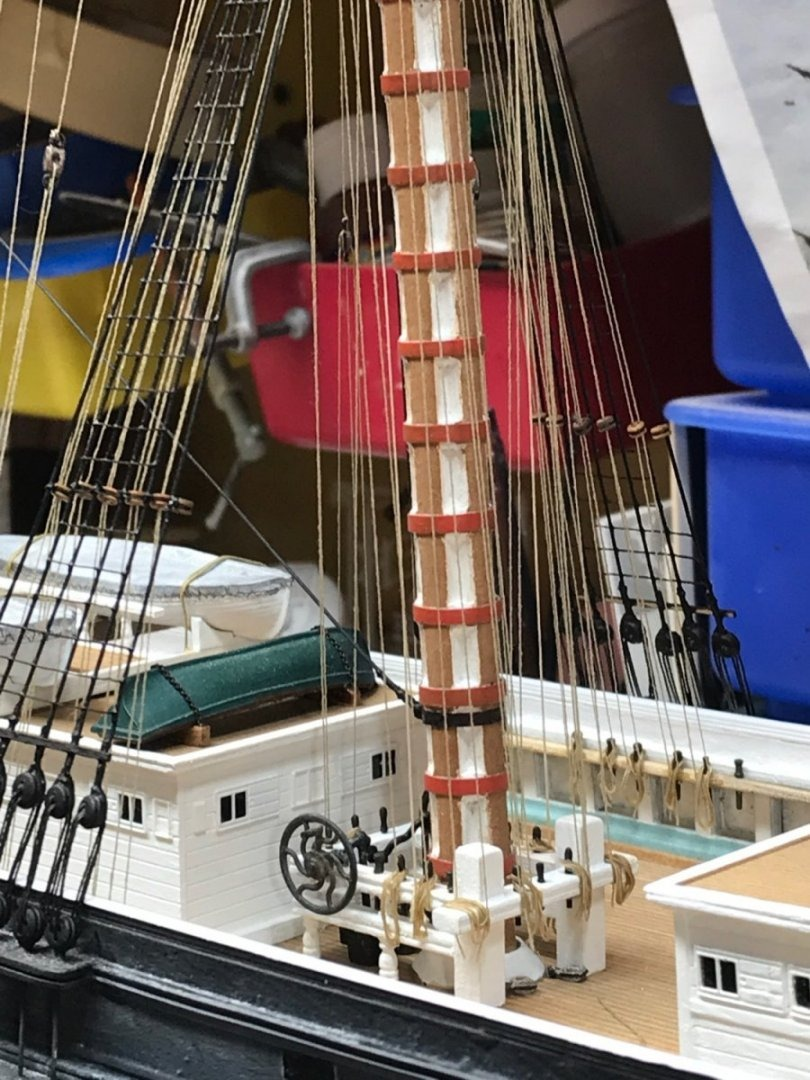
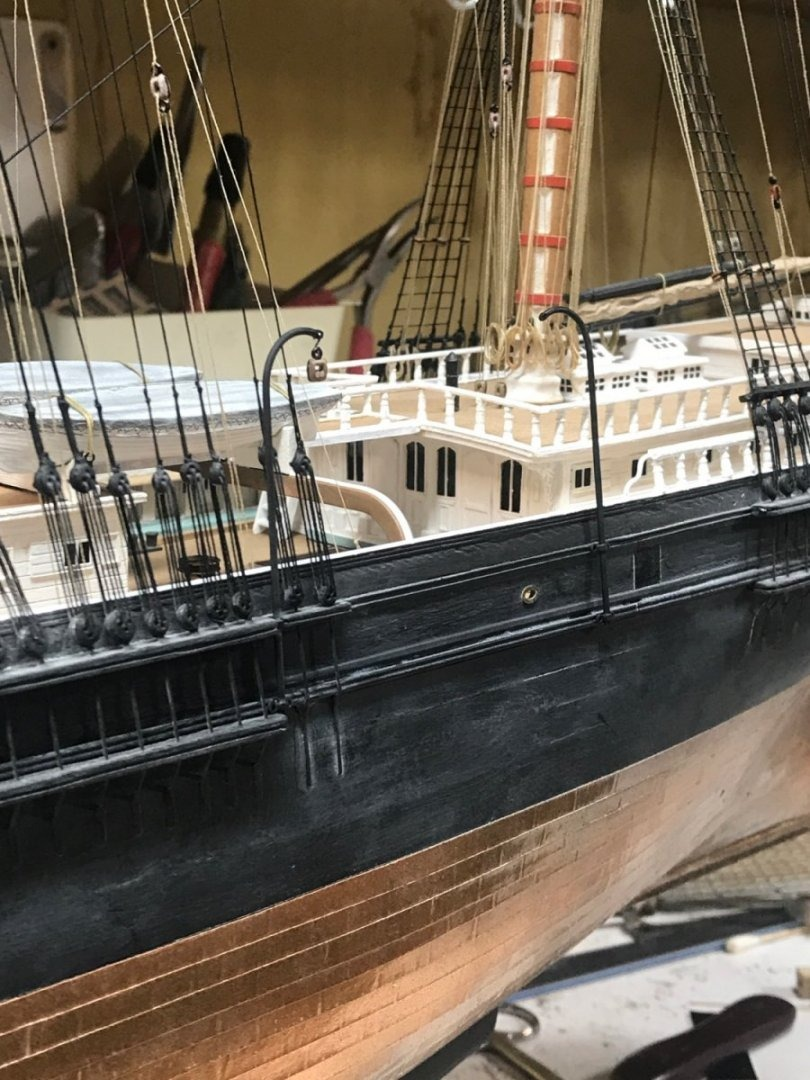
-
29 minutes ago, gak1965 said:
I put the tackles in place before the fife rails, and it helped sort of. One thing I found is that if I did that and didn't bring the blocks to the approximately correct distance apart ahead of time, when I did arrange the blocks correctly, the "embedded twist" (sorry can't think of anything else) in the lines caused the blocks to kind of torsion (basically they started twisting relative to each other). Some I could untwist, others I had to do what you describe - pull it out, re-rig, and then reinstall the bolt.
One more thing to watch out for is if you bump into the yard, it can pull the bolt out or stretch anything stretchable and you wind up with a "saggy" line. Needless to say, I know this because I did it many times.
Twisting of the block tackle is a real pain...that can be illiminated if you thread each block with the line straight. Cotton lines works best for staying off twisting. Especially when you're dealing with hundreds of lines.
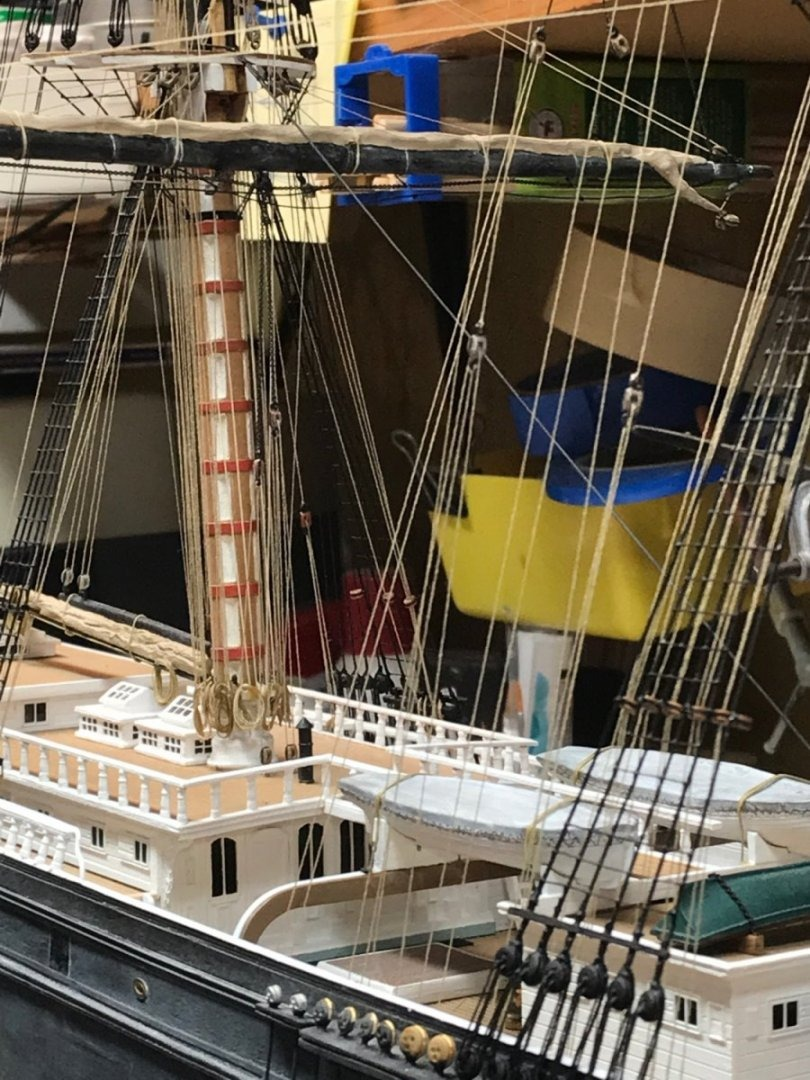
-
Jerad.
There is one thing I can see that will give you more grief if not addressed first.
You need to pay special attention to the installation of all your running rigging blocks....especially the ones at the foot of the mast. They should have been installed before you fixed the fife rail in place. They are way easier to get to once in place then if you have to add them after the fact.
Running Rigging, unlike standing rigging requires a lot of preplanning. Your main course blocks should all be placed before hand. Before you get too far along..... Review your rigging charts and see your block layout. Place all the blocks needed for the rigging for the foremast on the mast and tops before you begin the rigging of lines.
You still need to place the bunt line blocks under the tops. This would have been far easier with the masts still off the model.
No real problem.....keep this as a learning experience. Rigging takes a lot of pre-thought.....so take your time. And undersized line is easier to use then over sized line. Plus is scales better.
Keep up the good work.
I posted an image of Glory of the Seas. Note: the larger lift lines and all the smaller bunt, leach and braces. Also notice the number of lines coming down the main mast to the fife rail.
These lines have to be about an 1" diameter at scale to work with so many other lines.
Now, mind you, I fully rigged Glory. Every line short the stunsail lifts and sheets.....cuz I didn't place stunsails or booms on Glory....she spent most of her time on the West coast, not in tropical seas where the light winds blow.
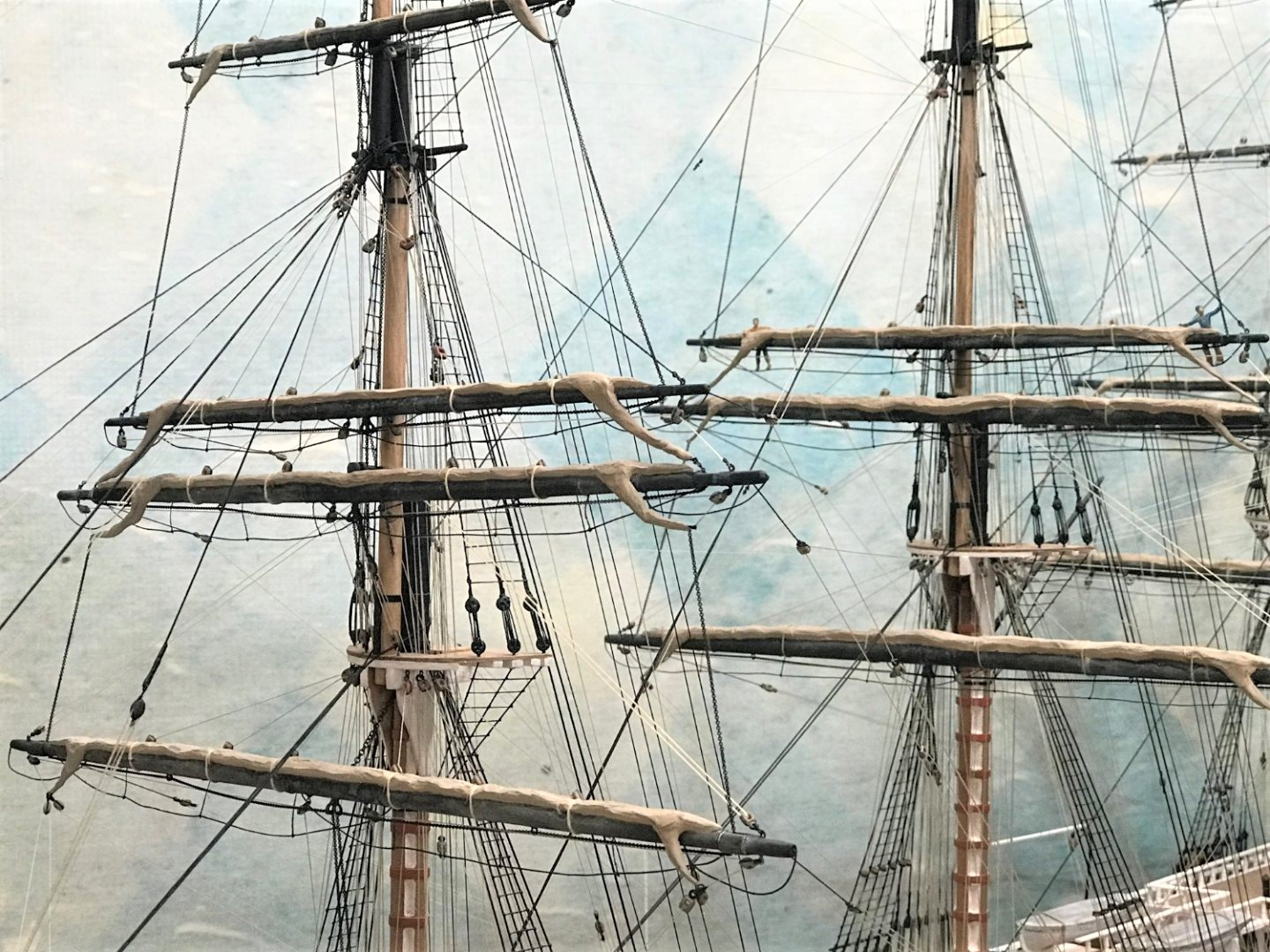
Rob
-
6 minutes ago, ClipperFan said:
@rwiederrich can you specify the exact types of lines or threads you used for running vs standing rigging. From the pics and descriptions @Jared is describing, it looks to me like he might be using oversized lines.
I typically use a fly fishing line for the standing rigging. It mimics hemp cable real well. I also use several sizes of cotton embroidery thread. Pretty much anything I can find in the right size and shade. I like to alternate shades to represent aged and younger lines. I don't use nylon for running rigging ....it has a memory and is tough to get to hang naturally. I do use small black nylon for the deadeye lanyards. It is more resilient to fraying.
Rob
-
1 minute ago, ClipperFan said:
Your port side lift is tighter. I haven't rigged models in years but from viewing @rwiederrich rigging, it appears like he uses thinner lines. Maybe he can describe the scale of lines he utilizes. I will see if I can find any references he made on his Glory of the Seas build.
I used line that represented about 3/4"~1" in diameter at scale. The smaller the better. Running rigging used for purchases and double blocks typically was smaller in diameter...especially if you were using the line for sheets and buntlines. It is easy to use over scaled lines...then they become over bearing on one another at the belay point. I use larger running rigging line for lifts...but the lines for purchases and blocks is smaller.
If you ever look at real pics of sailing ships....you can hardly make out any of the lines....because they are so small in diameter.
Personally, I would caution against using over sized rigging line.
Rob
- ClipperFan and Jared
-
 2
2
-
On 9/21/2024 at 11:20 PM, catopower said:
think it's kind of funny how this thread has gone from the OP asking about his pin vise, to recommendations of drill presses.
Tool conversations are always circlic. Who doesn't like talking about tools...no matter how braud the conversation goes. The original question was, *Are there better tools for drilling tiny holes?* If you want all your holes parallel...a drill press is the best solution. If you're requirement is tiny holes in tight, places...finger drills or pin vices work well.😀
Rob
- catopower, Canute, Chuck Seiler and 3 others
-
 6
6
-
-
On 9/21/2024 at 4:14 AM, ClipperFan said:
Rob,
I remember your clever use of plastic for your quite convincing gin blocks on Glory of the Seas. Teaser: there's even a short "how to" on your gin block construction process. These copper welded ones are far superior to those and they were incredible. I'm looking forward to seeing more of your detailed gin block build process. At this point, it wouldn't surprise me to discover you're actually utilizing an electron scanning microscope!
Thanks Rich. I was going to make these also from composite plastic...but after seeing so many dive in and do some soldering themselves....I wanted to do the same.....however, I designed mine to only need one solder joint and that included soldering the eye bolt at the same time as closing up the vertical sides. Some other examples I have seen look a bit larger...possibly as large as 1/4". but I had to fight the scale monster and even at the smallest I could make...1/8". It still means the blocks are a foot in scale size. I've seen real gin blocks and they are quite large....at around 10~12".
I'll be using 3 per topsail yard for the fore and main masts, 2 for the mizzen topsail yard ...and....one for the topgallant and royal downhaul purchases. 14 in total.
Rob
-
11 hours ago, ClipperFan said:
In the 3 Buttersworth Stag Hound paintings, all aft boats are black. There do appear to be some white boats on the long house abaft the foremast but it's hard to tell. Details aren't the clearest.
Yeah...what's up with that? A couple other paintings show black boats as well However....I think I'm gonna go with white. It was typical of the period and as mentioned...was far easier to see on the open ocean then black...for sure. UNLESS...it can be proven that McKay had these vessels pain these boat black....or dark green. I've got time to make this decision anyway. It's still information gathering.
Rob
-
When I built my 1/96 Cutty Sark. I did indeed add the ships name on the bow of her life boats.
Every painting of Staghound depicts her boats as black. Not sure why that is.
I think that detail might be just a little too small to replicate.
Thanks for the fine compliments.
Rob
-
1 hour ago, ClipperFan said:
Rob,
That Stag Hound nameboard is just awesome. It's such a tiny space I wasn't sure you'd be able to fit it in. Nicely done!
The extra detail is nice. Good suggestion.
Rob




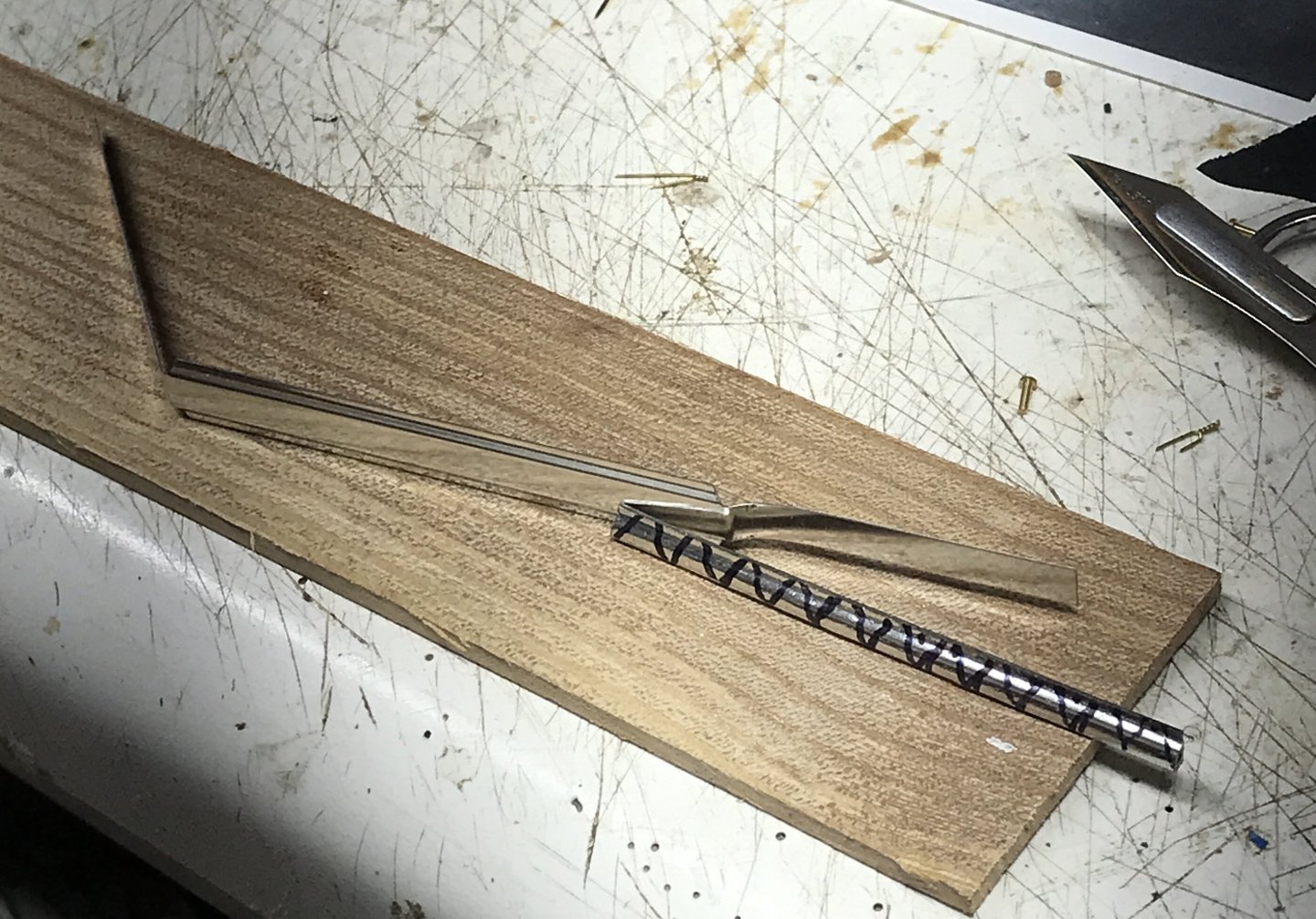
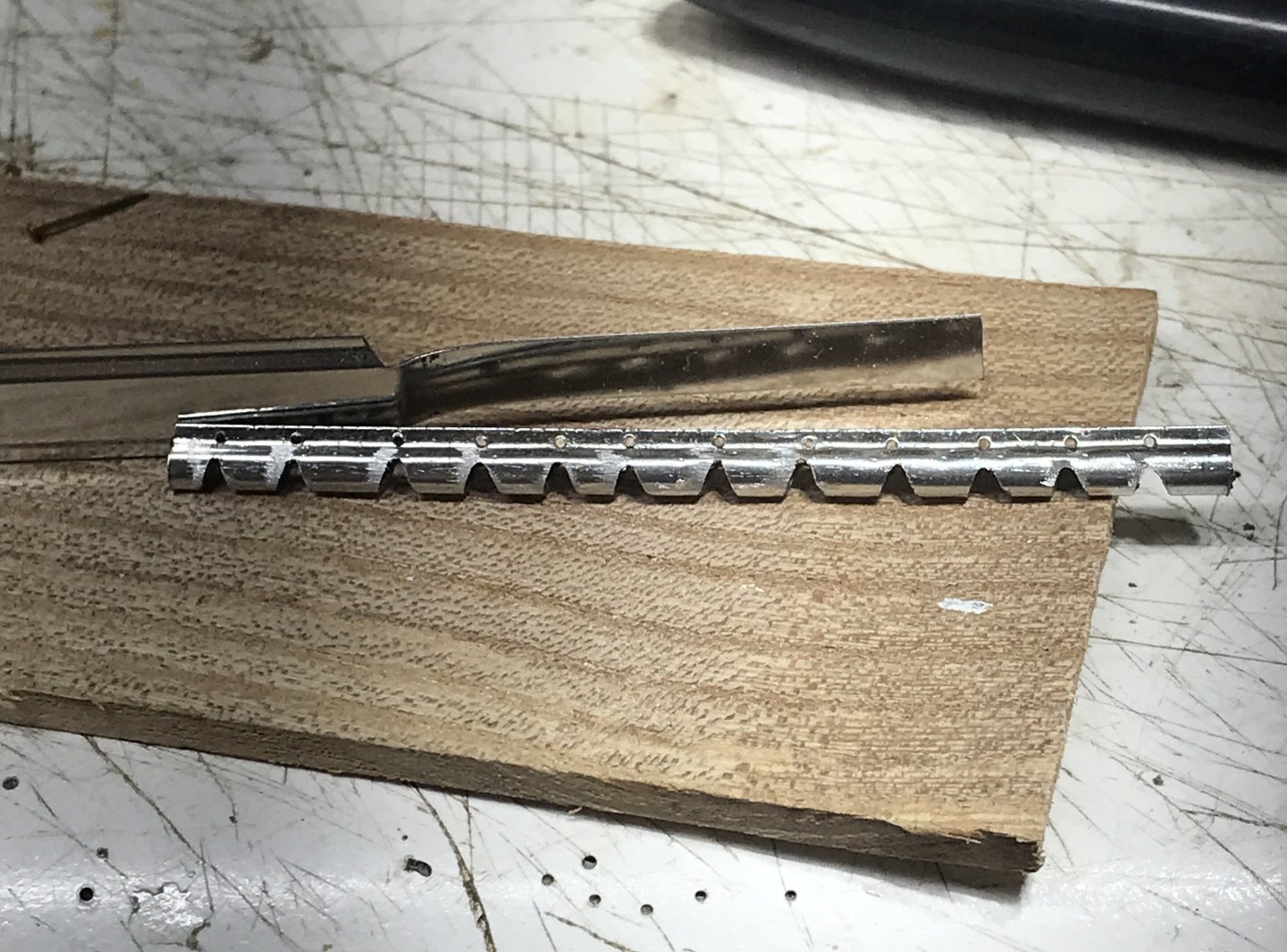
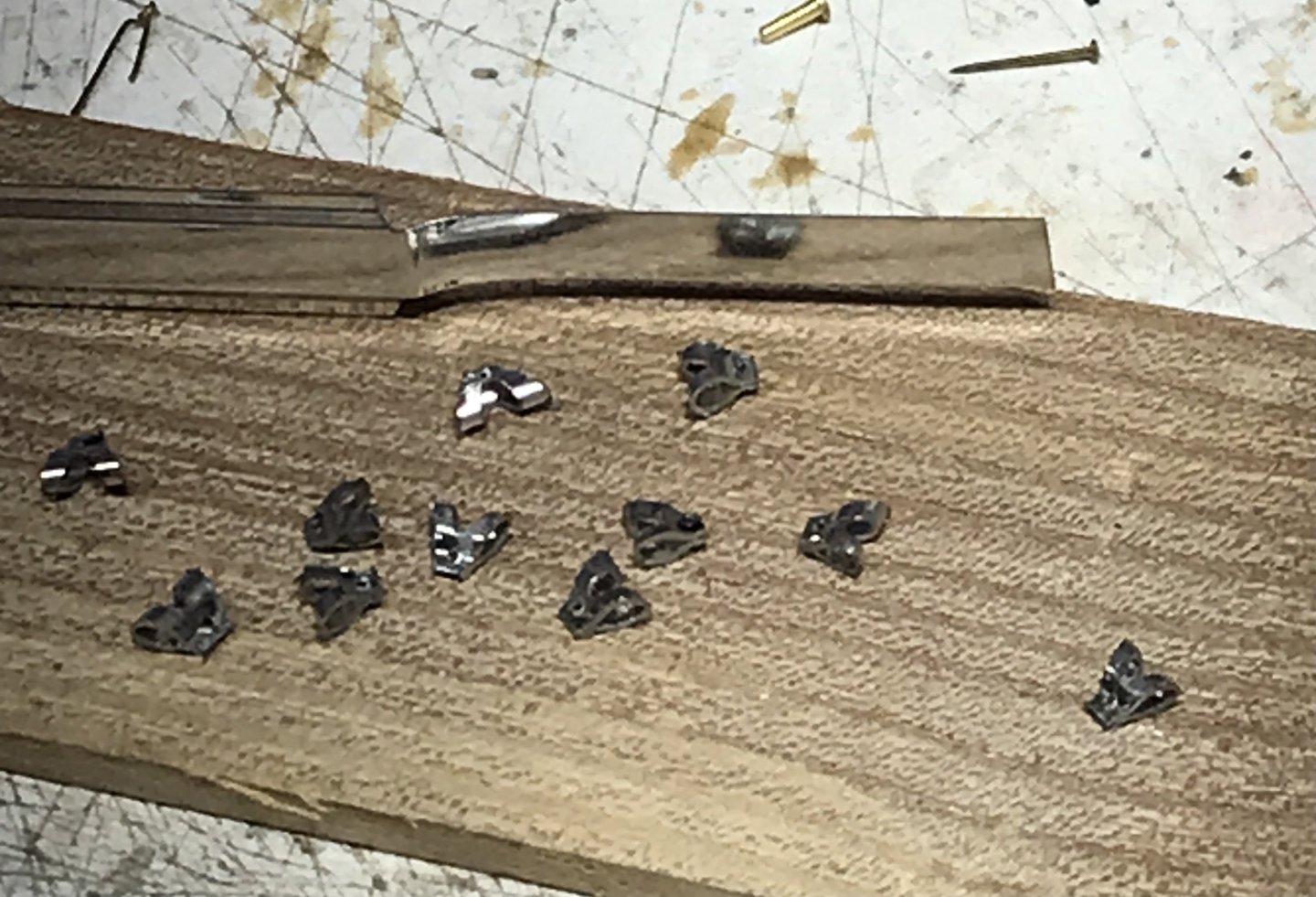
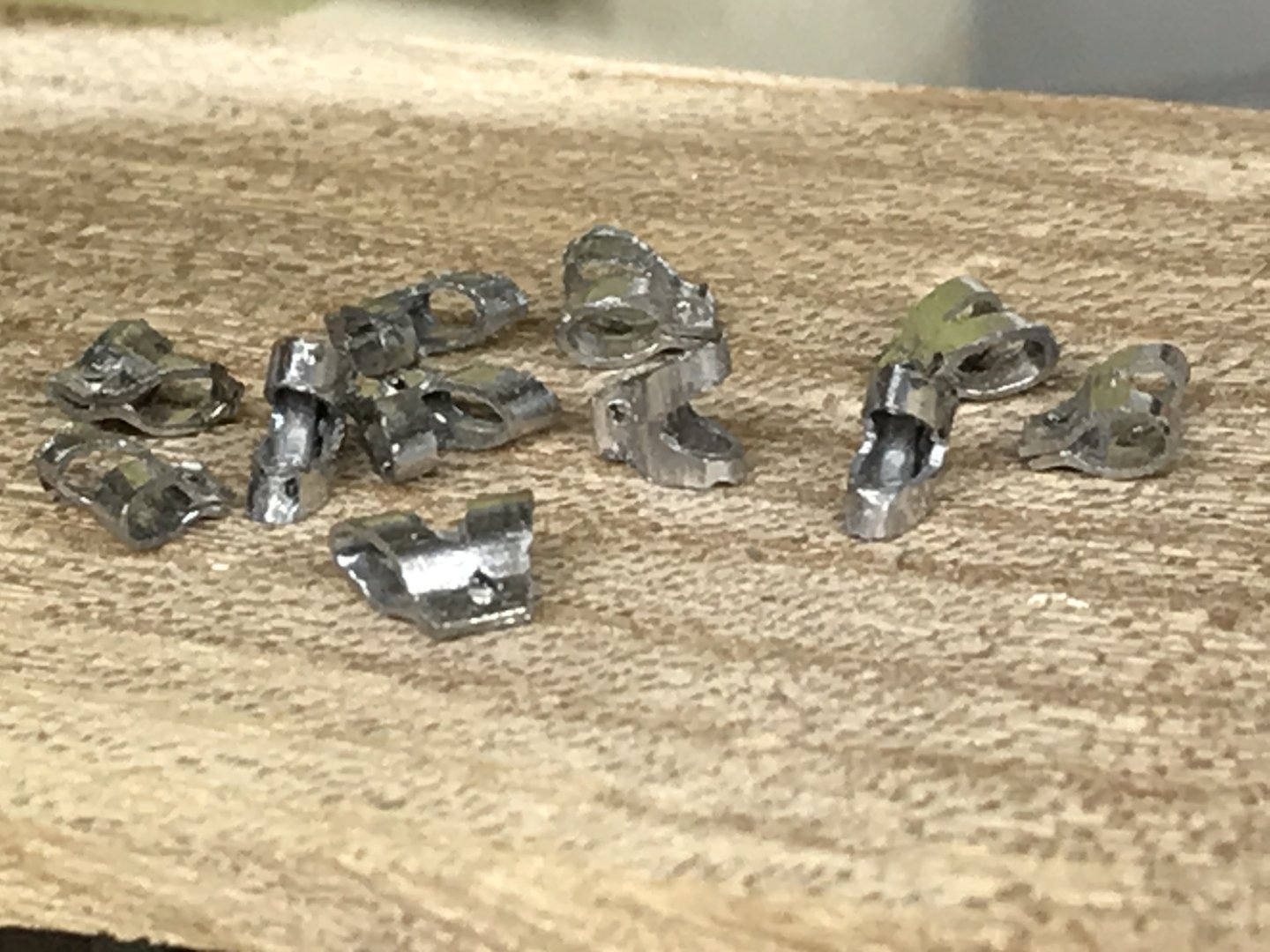
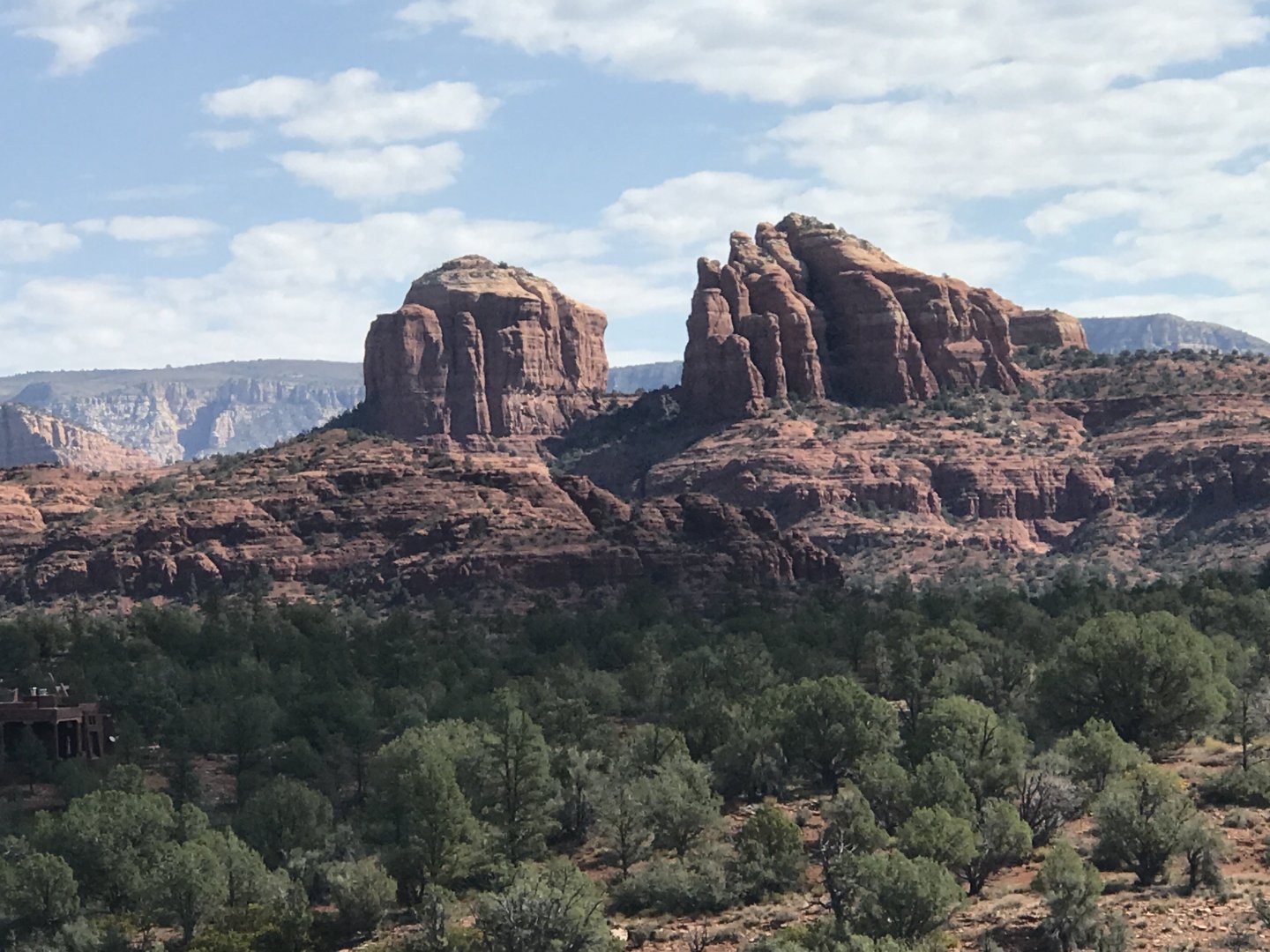
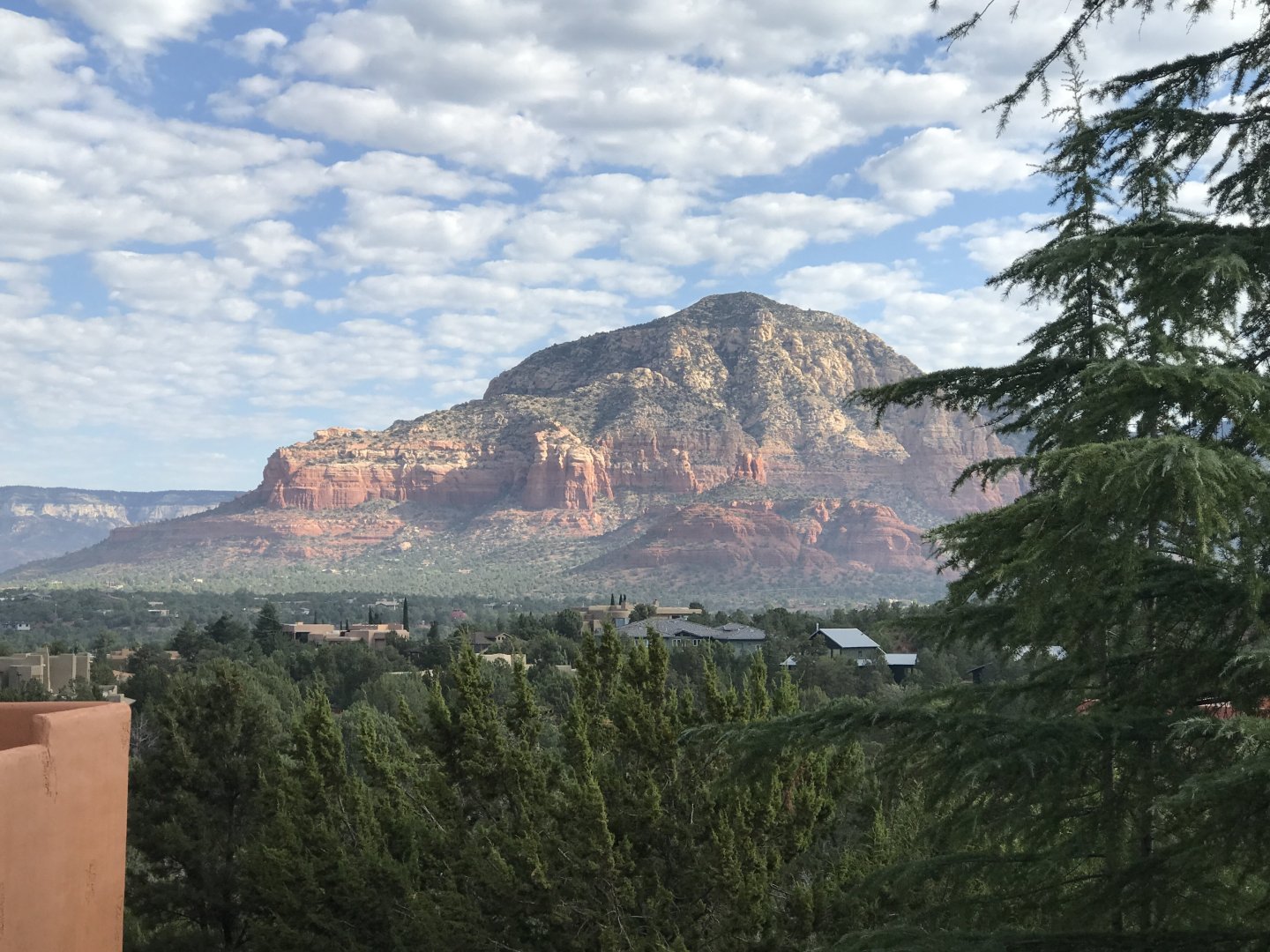
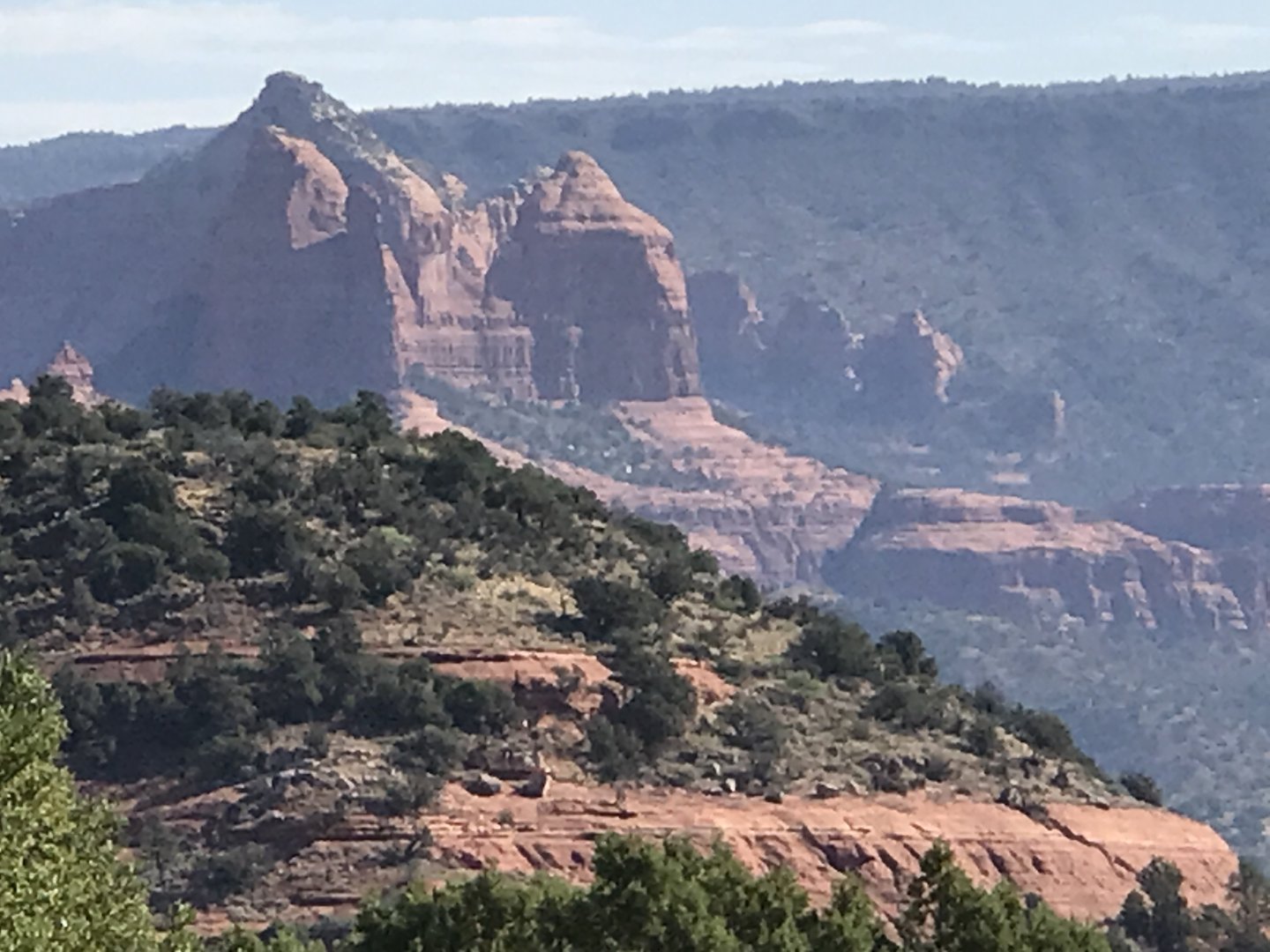
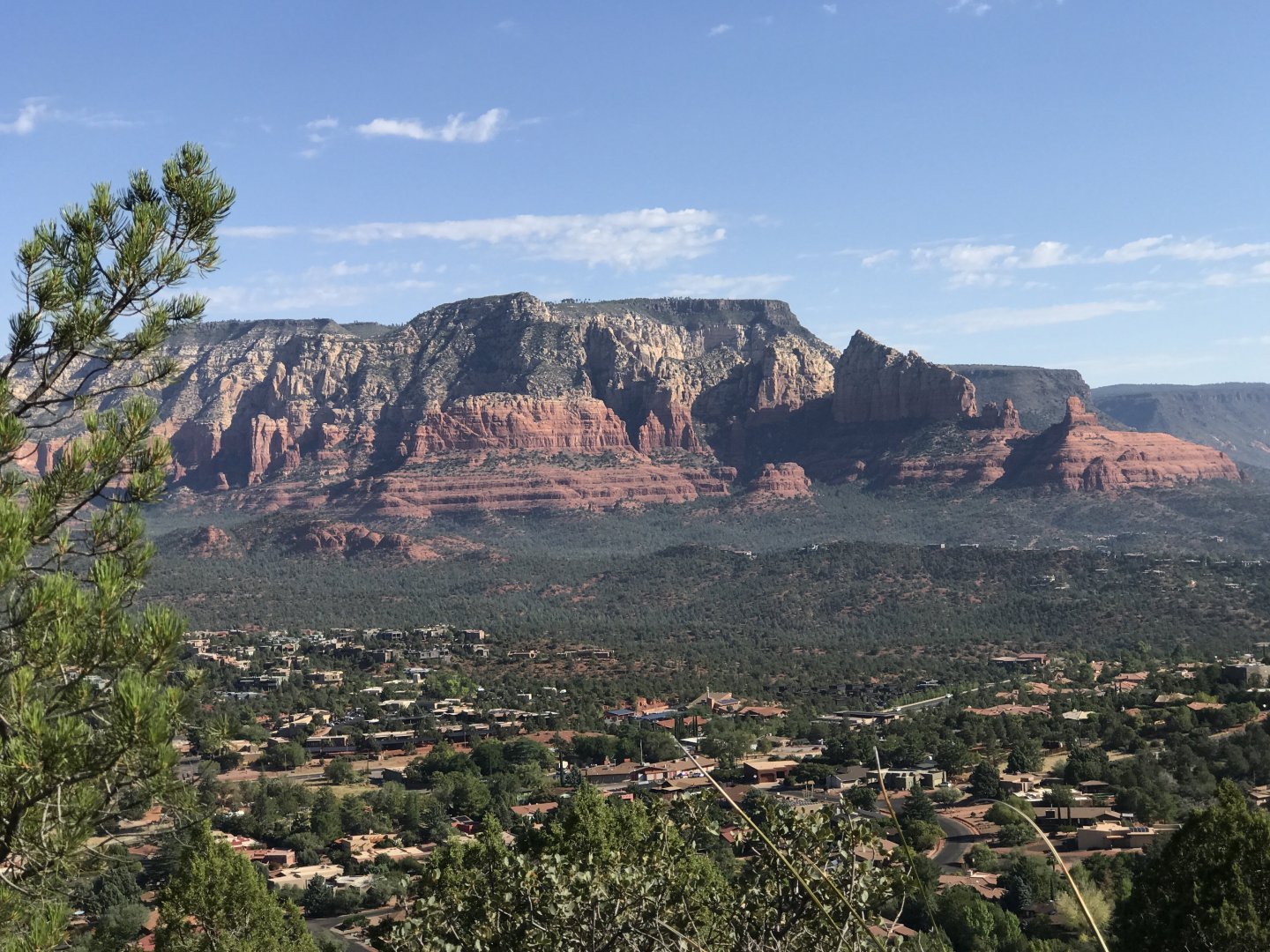
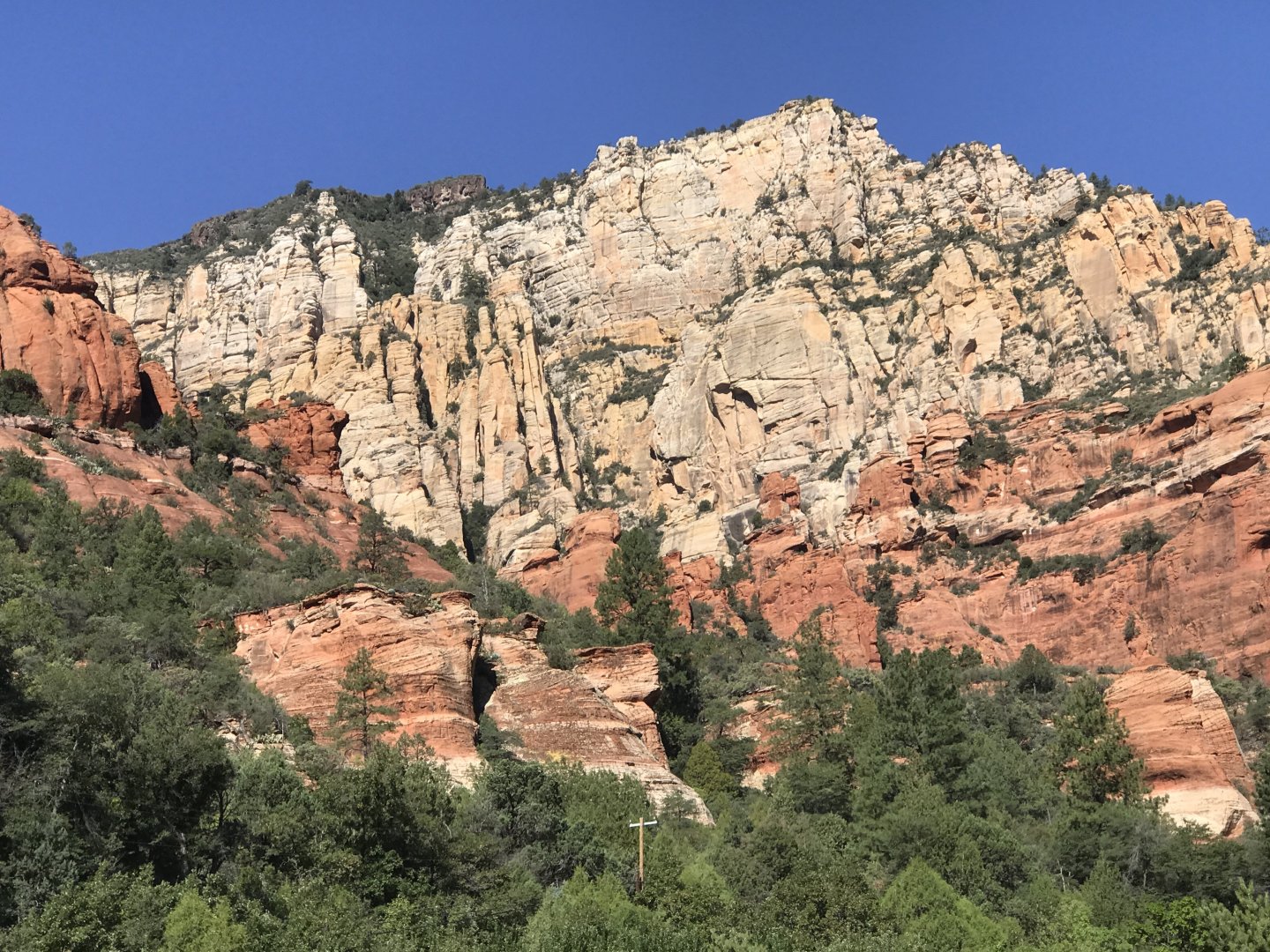
Flying Fish by Rick310 - Model Shipways - 1/96
in - Kit build logs for subjects built from 1851 - 1900
Posted
Well, well Rick. Interesting... I retired from Denturism over 10 years ago myself. I did notice a few hand instruments on your desk....that gave me a clue. Now I can see clearly as to where you got your attention to detail skills. I've been a dental lab tech for over 45 years and a Denturist for over 20, till I retired. We share much in common.
Rob